Hello I'm trying to understand how adding a capacitor across R2 in below circuit increases the switching speed. I don't see how C2 supplies charge to C1.
With the additional capacitor C2, it seems the output voltage has to charge one additional capacitor. Hmm.. Or, does the speed increase because capacitors in series reduce the capacitance ? I'm very much clueless and my textbook doesn't explain it well.. Appreciate any help. Thanks!
